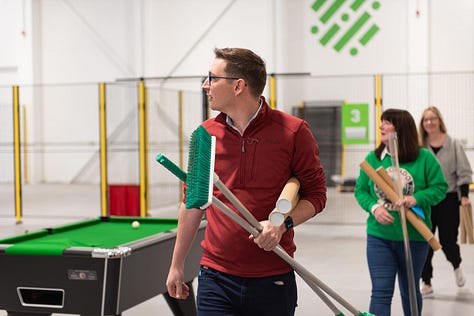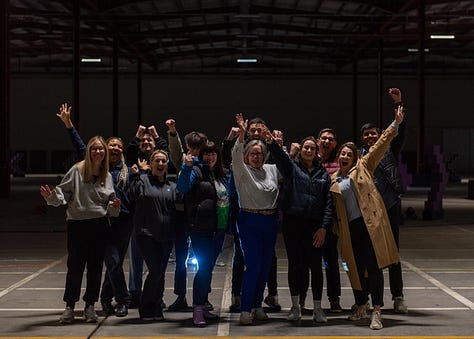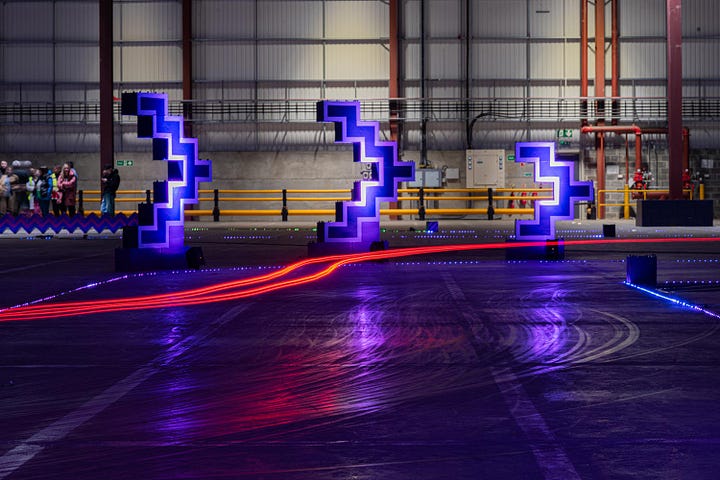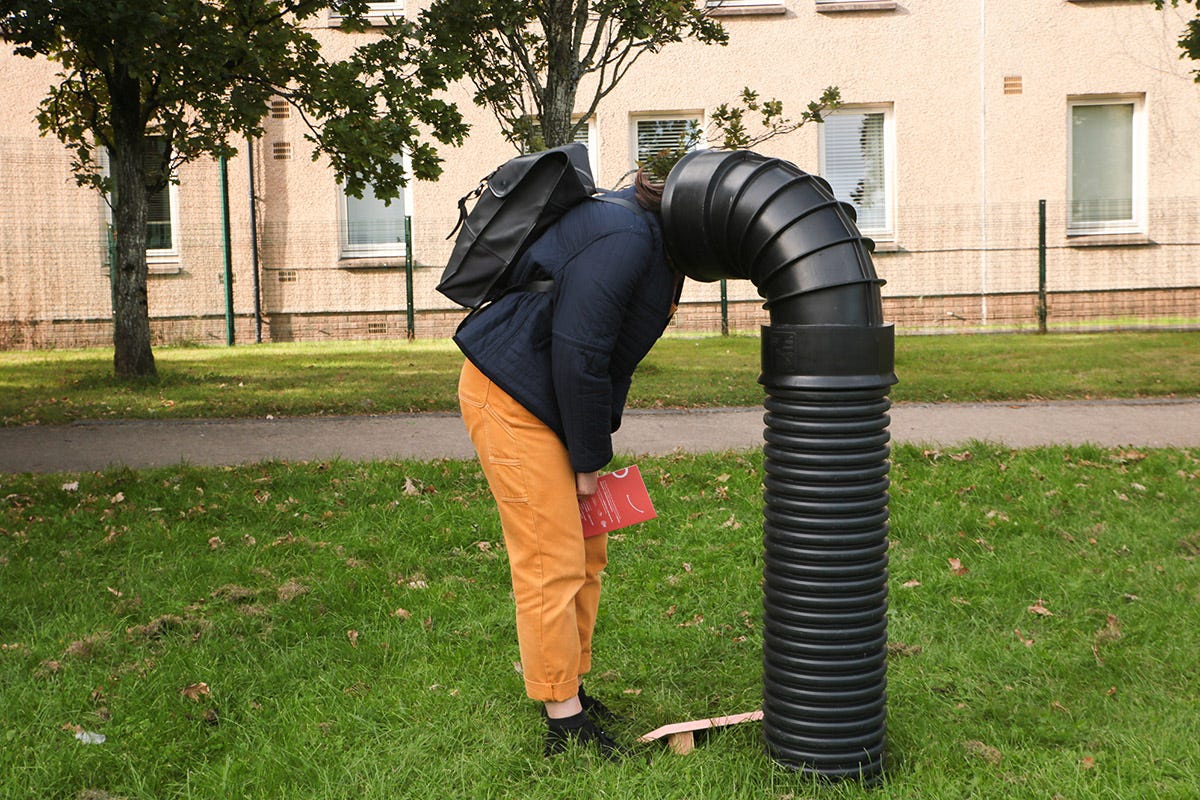Where Is the Fun in That?
Why design needs to rediscover its sense of play.
Fun is universal. Everyone gets it. Everyone loves it.
So why is there so little of it?
We all have the tools to create fun, yet we rarely make the space for it to happen.
We’re missing huge opportunities to capture people’s hearts, minds and imaginations by using fun as a design methodology.
Think back to your childhood.
Maybe you think of water slides, pillow forts, adventuring in the woods — those vivid, joyful moments of play that stick with you forever. Those memories remind you what fun feels like. It exists in the moment, can happen anywhere, and whether it is created by you or for you, it leaves a lasting impression.
“Fun literally rewires us for better connection and creativity.”
There’s science behind it too. When we have fun, the brain and body respond in remarkable ways. Endorphins ease pain and lift mood, dopamine builds anticipation and excitement, and just the right amount of cortisol relaxes us and opens the mind to new connections. Laughter and play reduce anxiety, improve circulation and release chemicals that boost resilience and wellbeing.¹ Regular moments of fun have even been linked to lower blood pressure, better sleep and increased motivation.² Fun literally rewires us for better connection and creativity.
If fun is so beneficial, why don’t we have more of it? Because somewhere along the way fun developed an image problem. As we get older, we’re conditioned to see it as childish, frivolous or out of place. But why should we trade fun for seriousness, or play for professionalism? The most fun and memorable experiences often happen when we least expect them.
As producers of Dundee Design Festival we transformed a beautiful but under appreciated 1970s shopping centre into a vibrant and welcoming space for people to play and explore. Visitors could help create the future scent of Dundee, design posters that appeared around the city each day, and even reimagine the city’s identity itself. The most meaningful moments came from those who discovered the festival by chance — people who stopped for a few minutes, stayed for hours, and returned with their kids and grandkids. When we create spaces for fun and play, we create lasting memories that can reach far beyond the intended purpose.
Moments like that stand out because they offer something rare — space to pause, play and connect. But outside of those environments, fun can be much harder to find.
We’re surrounded by visual noise. Everywhere you look, something’s fighting for your attention — ads, screens, signage, even the brands stitched into your clothes. It’s relentless.
But there are two sides to this story.
Designers sit with clients, shaping strategies, products and content to put out into the world. Where consumers have to navigate the barrage, filtering what feels relevant. So how do you cut through the noise and create something that works for both sides. Where brands stand out and people enjoy moments of connection, surprise and play in their day?
You use fun as a design methodology.
“We use fun to capture attention, hold it, and make people feel something — because ultimately, that’s design’s job.”
At Agency of None, we treat fun as part of our core toolkit.
Not decoration. Not a gimmick. A method.
We use fun to capture attention, hold it, and make people feel something — because ultimately, that’s design’s job.





We’ve taken a giant industrial space and turned it into a huge electric go-kart track to help move MSIP’s marketing strategy to a more targeted approach and connect to their audience in a different way.
Designed and built a DIY poster generator to allow people to feel a connection with their community and their city, during the Covid-19 pandemic.
Created physical logos people can interact with, audio jingles that destroy and rebuild themselves each day and many other opportunities for people to engage in fun. It’s serious work that doesn’t take itself too seriously.
“Serious ideas don’t need to be serious.”
Sameness has become the norm. In a world becoming ever more shaped by algorithms and automation, it’s easy for everything to start looking and sounding the same. That’s why we make a conscious effort to go the other way. To build in unpredictability and a sense of play that reminds people there’s something human behind the work.
Fun isn’t a gimmick or an afterthought. It’s how brands create connection and feel alive in an automated world. It helps people remember not just what you said, but how you made them feel.
Serious ideas don’t need to be serious.
Fun is how we make the meaningful memorable.
If you enjoyed our No News Letter there are plenty more idea, insights and experiments that could come your way if you subscribe.
University of Oxford, Department of Experimental Psychology (2017) – The social bonding effects of laughter (Dr. Robin Dunbar)
https://www.ox.ac.uk/news/2017-04-27-laughter-really-best-medicine
Mayo Clinic (2023) – Stress relief from laughter? It’s no joke https://www.mayoclinic.org/healthy-lifestyle/stress-management/in-depth/stress-relief/art-20044456



